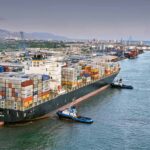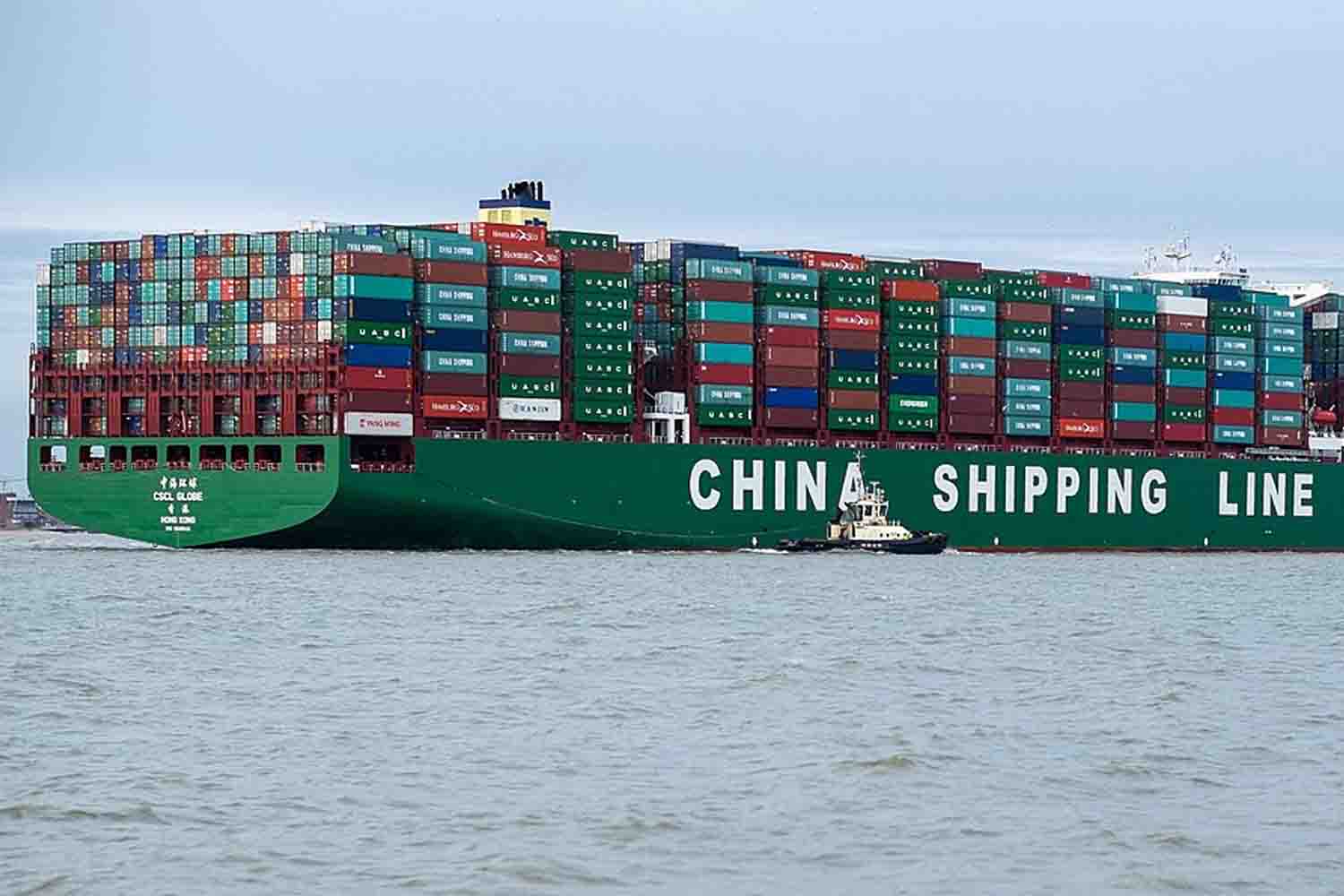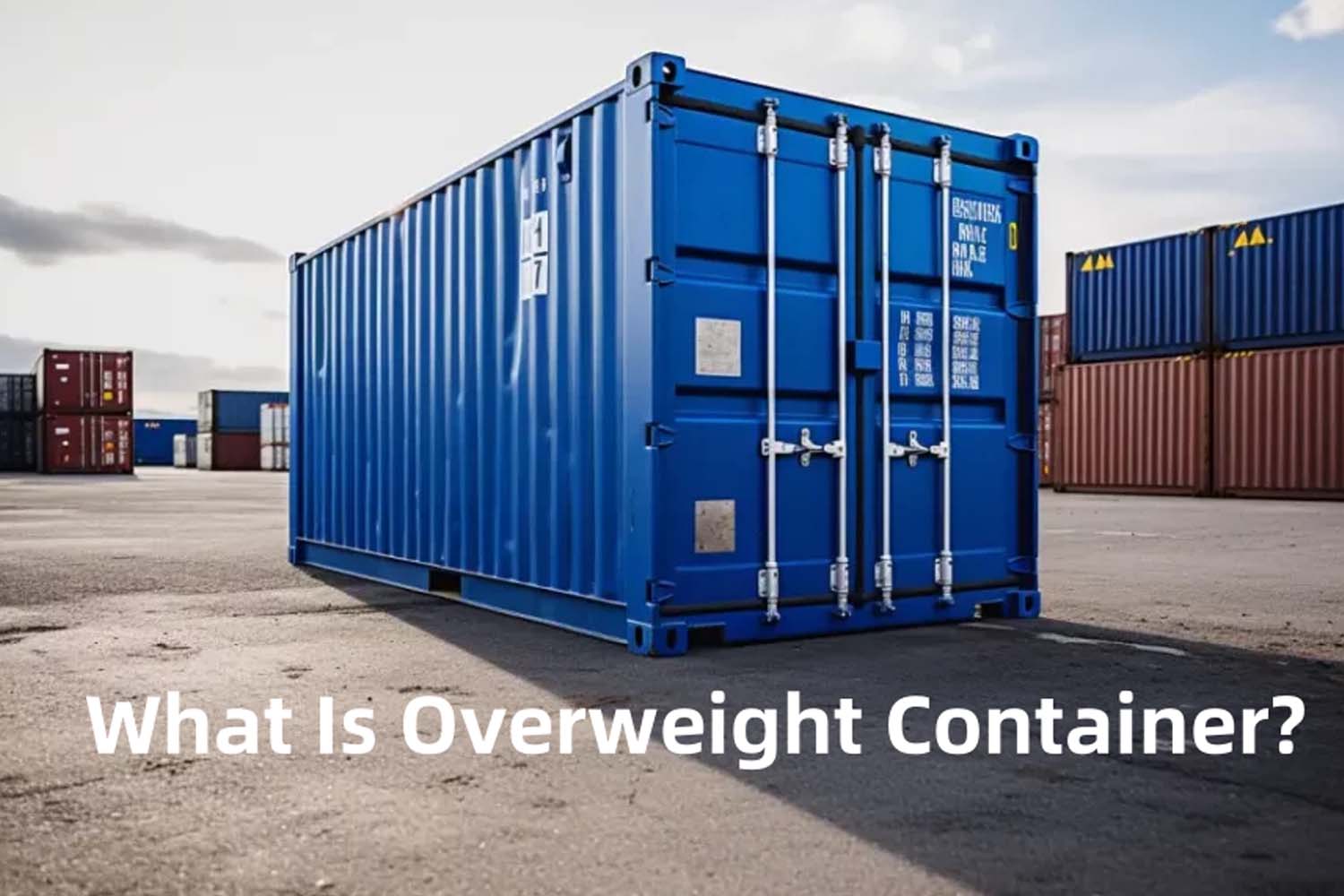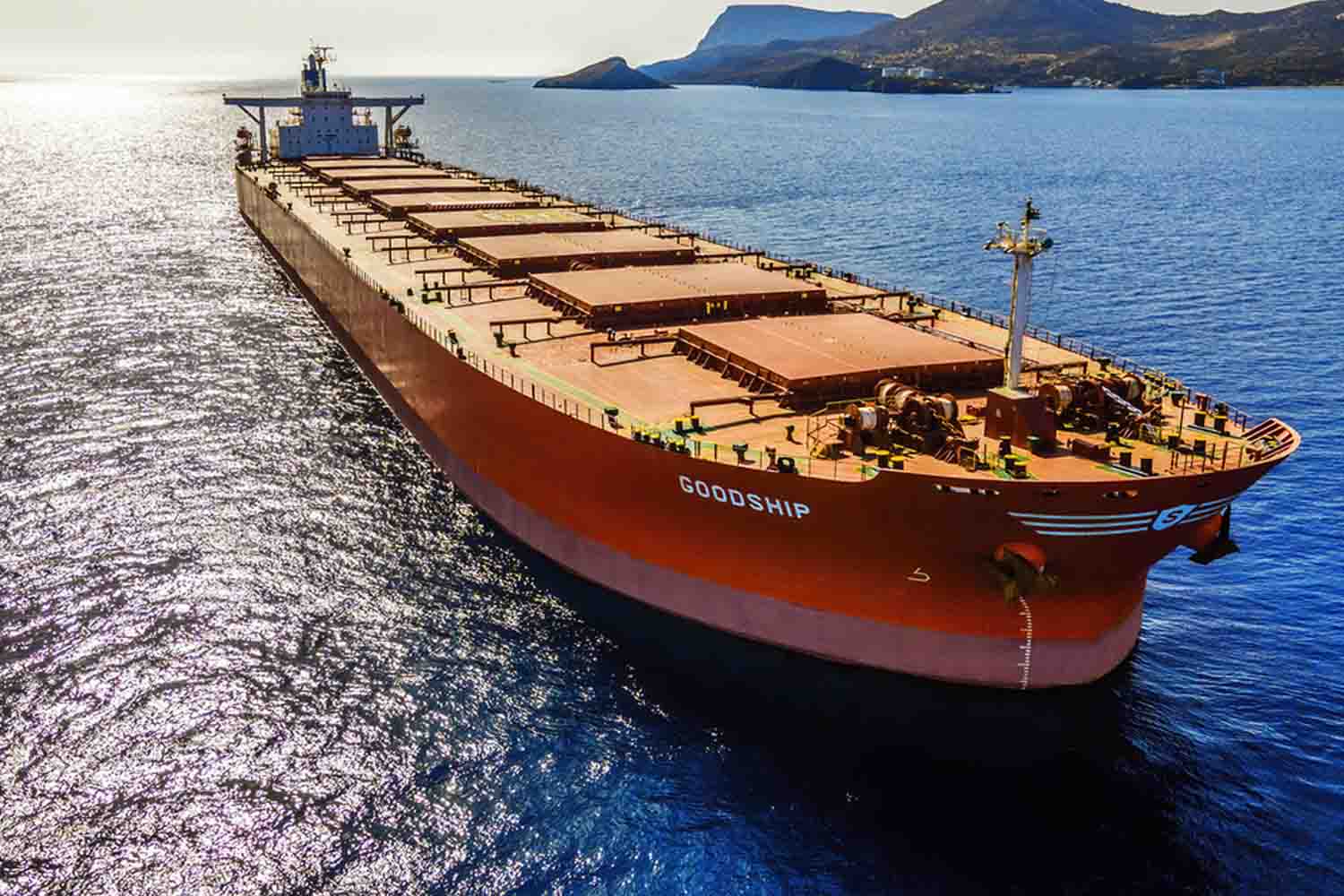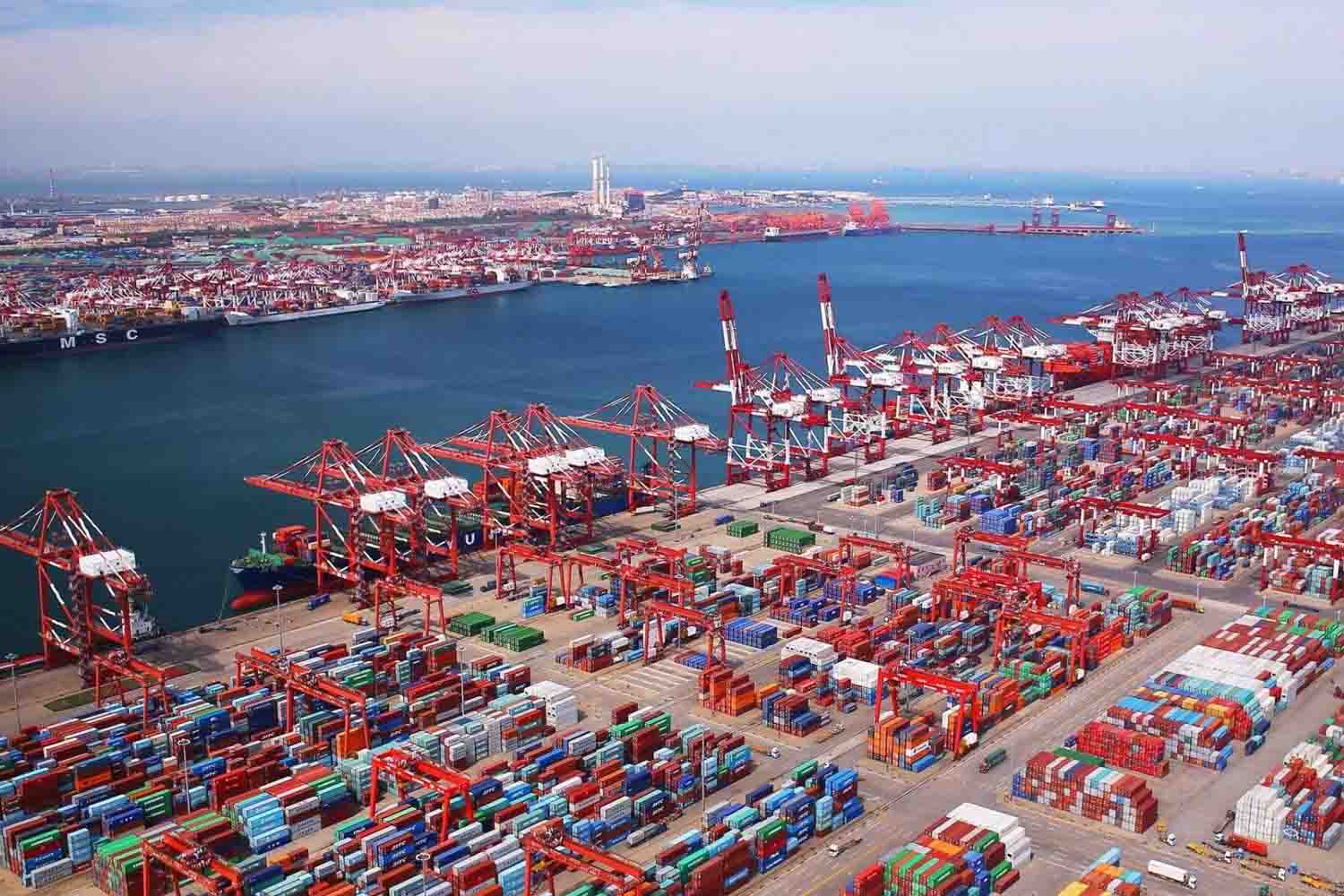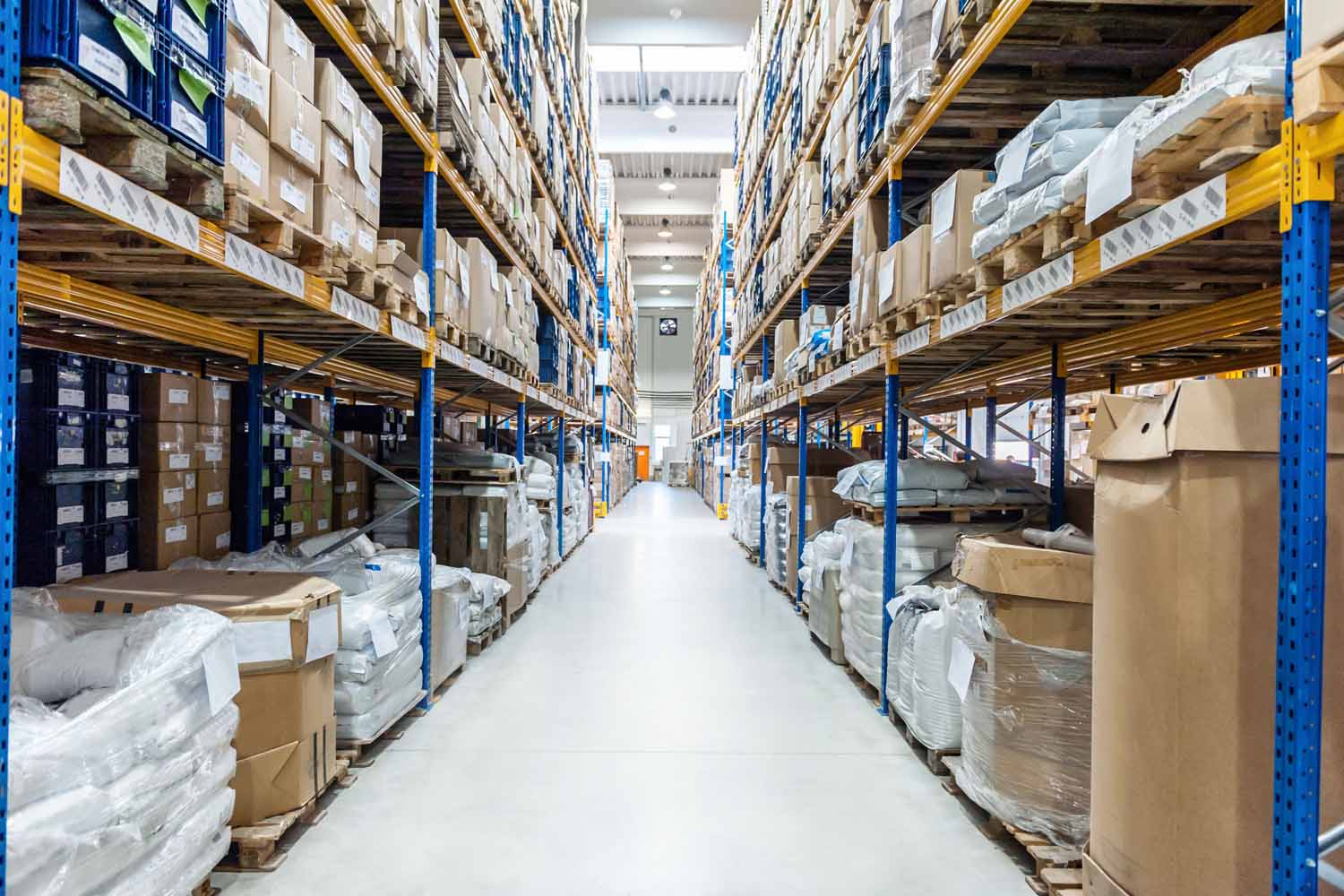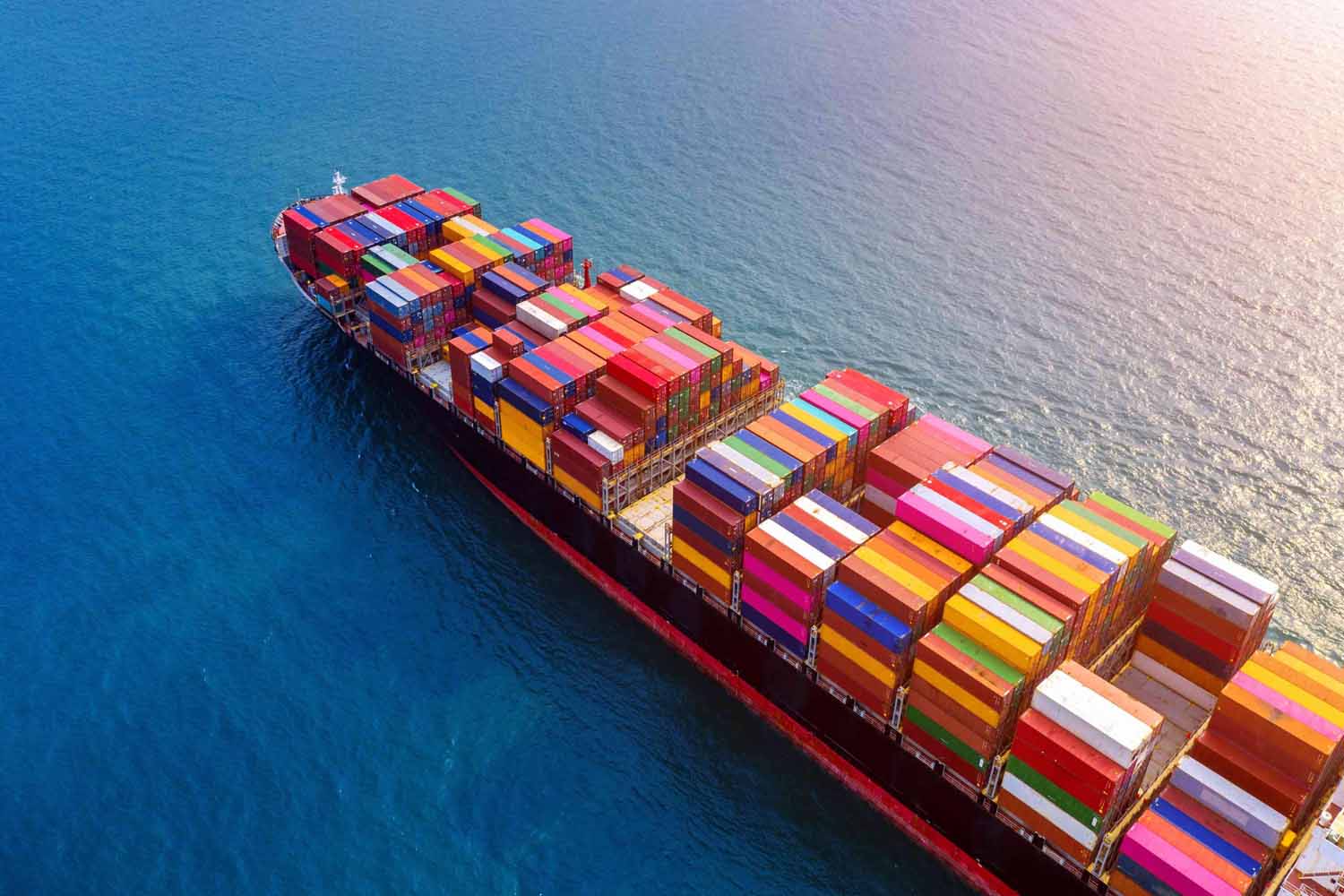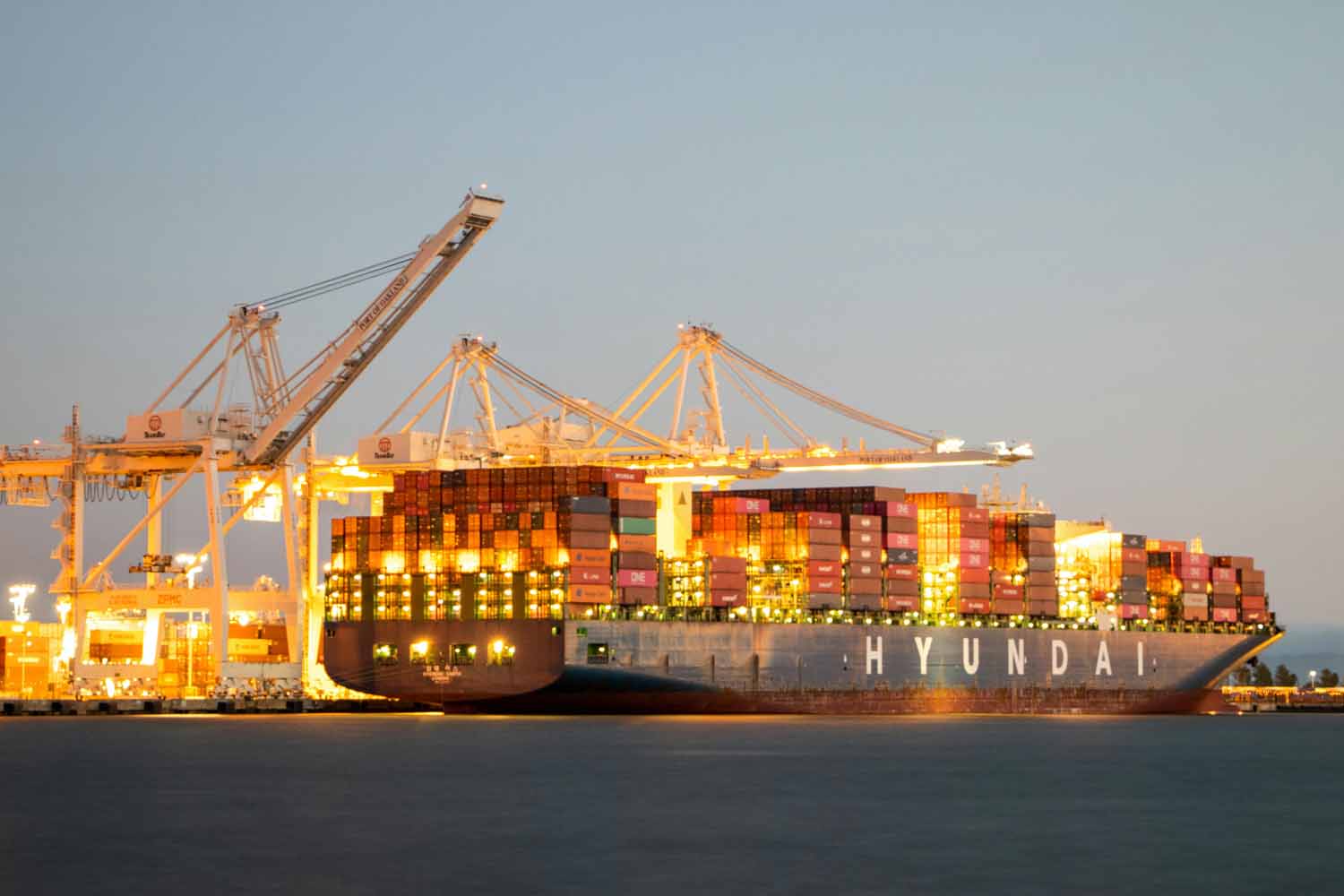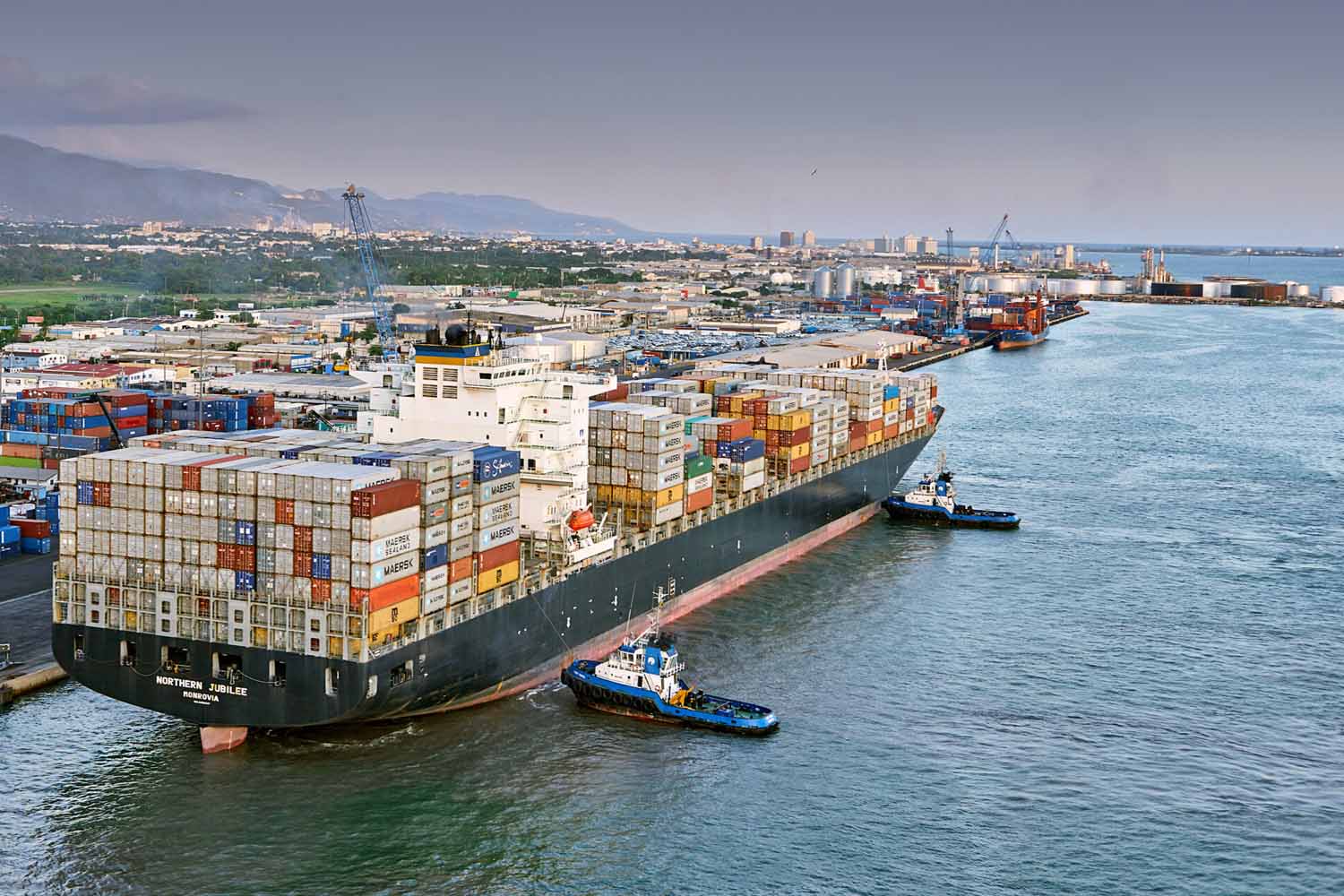Procedures for the Full Process of Ocean Shipping
A shipper or forwarder need to know the full process of ocean shipping. Ocean shipping is the primary mode of transportation in international trade, accounting for more than two-thirds of the total international trade volume. Most of China’s imports and exports are transported by sea. The advantages of ocean shipping include large capacity, low costs, and extensive shipping routes. However, its disadvantages are slower speeds, higher navigation risks, and less accurate sailing schedules.
Lernen Sie GWT Worldwide Ocean Freight Forwarding Service kennen
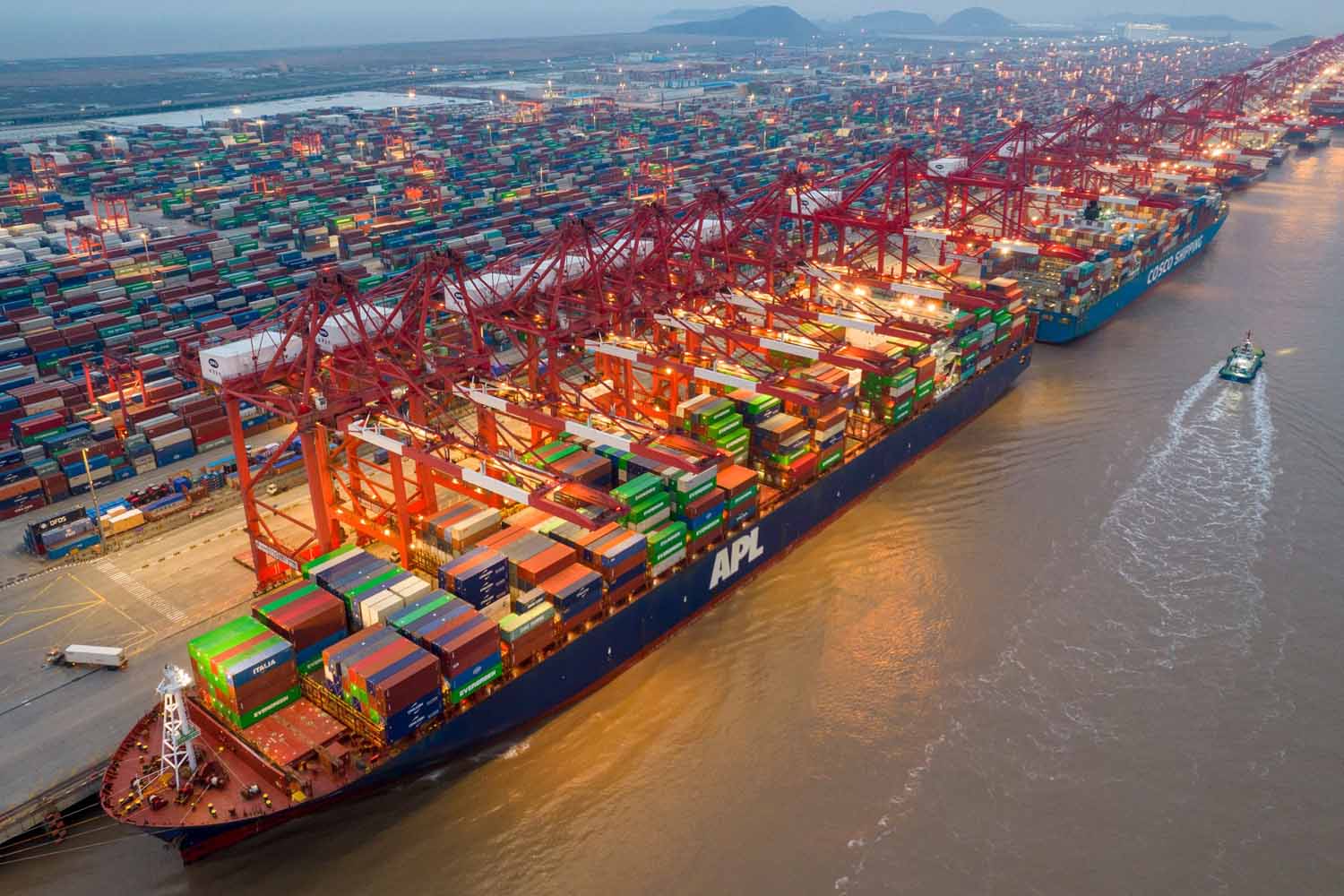
Ocean Export Shipping Process
When transactions are made under CIF or CFR terms, and the seller arranges the transportation, the workflow is as follows:
Review the Shipping Terms in the Letter of Credit
To ensure smooth shipping, the shipping terms in the letter of credit must be reviewed upon receipt. This includes the shipping period, settlement period, ports of loading and destination, transshipment or partial shipment permissions, and whether specific shipping companies, ship names, nationalities, and classes are specified. Some letters of credit require various certificates, such as route certificates and ship nationality certificates. These terms and conditions should be evaluated based on Chinese policies, international practices, and their feasibility, with modifications requested if necessary.
Preparation and Inspection
Based on the export contract and the letter of credit, goods must be prepared according to the specified type, specification, quantity, and packaging. Applications for inspection and certification should be completed. For refrigerated goods, cooling measures must be taken to ensure they meet the required temperature when loaded onto the ship.
In China, goods listed in the “Category List” by inspection agencies, or those requiring certificates as per the letter of credit or trade contract, must apply for inspection before customs declaration by submitting an “Export Inspection Application.”
Booking Cargo Space
Once the export shipping order is prepared, the freight forwarder can be entrusted to book cargo space. The freight forwarder will categorize according to shipping routes and promptly book space with the shipping company or its agent. The shipper can also book directly with the shipping company or its agent. Once the shipping company or its agent issues a loading note, the booking is complete, signifying a transport contract between the shipper and carrier.
Insurance is important in full process of ocean shipping
After booking cargo space, if the seller is responsible for insurance, cargo insurance can be arranged. The insurance amount is typically based on the CIF invoice price plus an agreed percentage (usually 10% if not specified).
Consolidation at Port
Once the ship’s loading schedule is confirmed, the shipper must complete consolidation procedures and transport the export goods to the port area within the specified timeframe. This ensures clarity in batches, quantities, and markings. Close coordination with port authorities, shipping companies, and transportation companies is crucial to prevent delays in loading.
Customs Declaration
Once goods are consolidated at the port, the export declaration form, along with the loading note, invoice, packing list, inspection certificate, sales contract, and foreign exchange verification form, must be submitted to customs for export clearance. Only after customs inspection and approval can the goods be loaded onto the ship.
Loading
Before loading, the tally clerk, representing the ship, collects the customs-cleared loading and receiving notes. Based on the stowage plan and manifest, goods are loaded in batches. The freight forwarder should have a representative on-site to monitor the loading process and address any issues. After loading, the chief tally clerk and the chief officer sign the receiving note, which is then given to the shipper. If defects or poor packaging are found, they are noted on the receiving note and signed by the chief officer to establish responsibility. However, shippers should strive to obtain a clean bill of lading without such remarks.
Completion of Loading
After loading, the shipper sends a shipping notice to the consignee and exchanges the receiving note for a shipped bill of lading from the shipping company or its agent, marking the end of the transportation process.
Documentation and Settlement
Once all documents required by the contract or letter of credit are prepared, they must be submitted to the bank within the stipulated negotiation period for settlement.
Container Export Process
Booking
The shipper fills out a Container Booking Note according to the trade contract or letter of credit terms and applies for space through their agent or directly with the shipping company.
Acceptance of Shipping Application
The shipping company or its agent considers the shipper’s request based on capacity and route specifics. If accepted, a booking list is prepared and distributed to the container yard (CY) and container freight station (CFS) for empty container arrangements and cargo handover.
Release of Empty Containers
For full container loads, the shipper collects empty containers from the container terminal yard, unless they have their own containers. For less than container loads, the CFS handles the collection.
LCL Cargo Stuffing
The shipper delivers less than container load cargo to the freight station, where it is stuffed based on the booking list and terminal receipt. A Container Load Plan is then prepared.
FCL Cargo Handover
The shipper is responsible for stuffing full container loads and transporting them, sealed by customs, to the CY. The CY verifies the terminal receipt and packing list against the booking list.
Container Handover and Verification
The CY or CFS signs the terminal receipt upon accepting the cargo/container and returns the signed D/R to the shipper.
Exchange for Bill of Lading
The shipper exchanges the D/R for a Combined Transport Bill of Lading from the container transport operator or their agent, then proceeds to the bank for settlement.
Loading onto Ship
The container loading area develops a loading plan based on the cargo situation, adjusting the containers to the front yard of the container terminal for loading once the ship arrives.
That’s the full process of ocean shipping.


